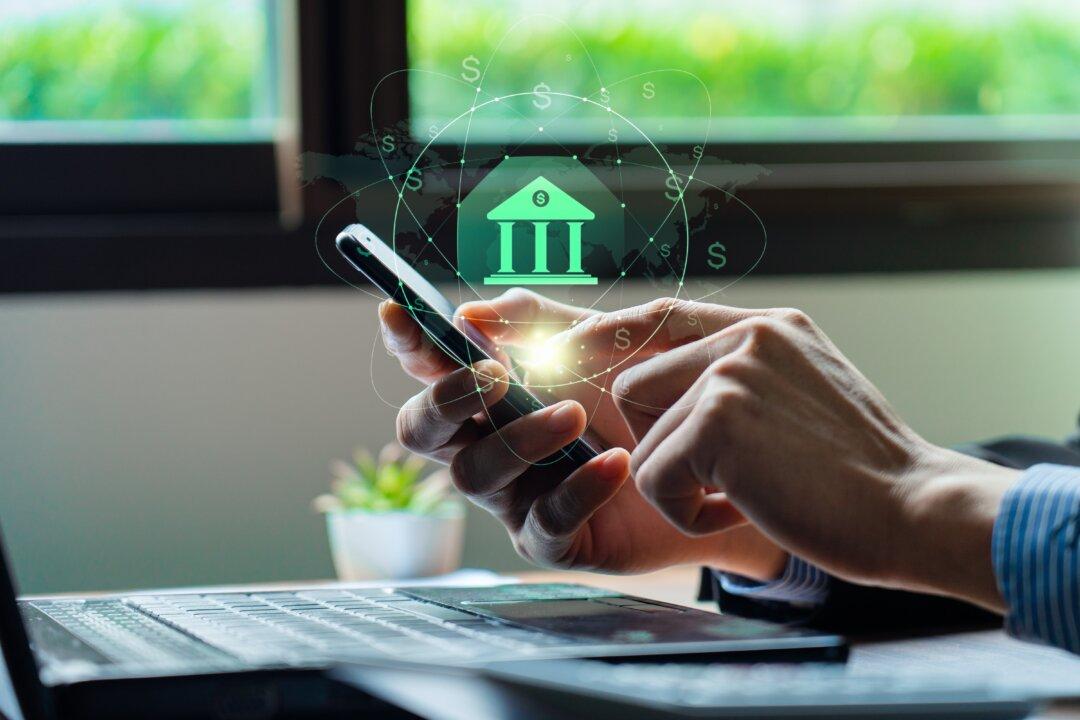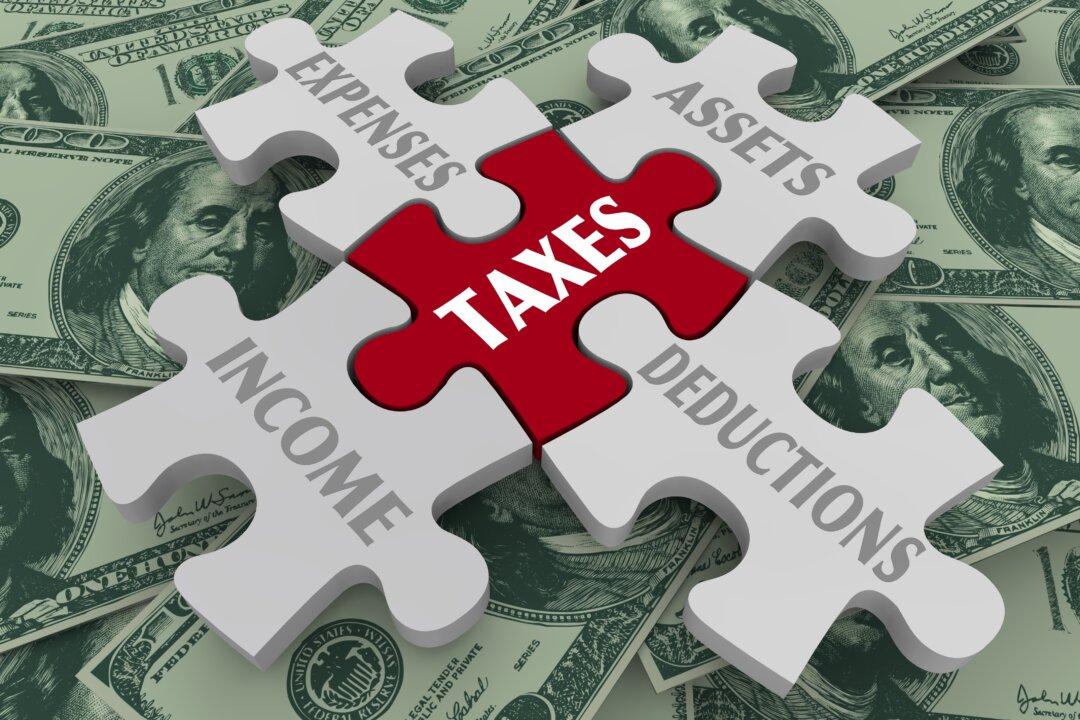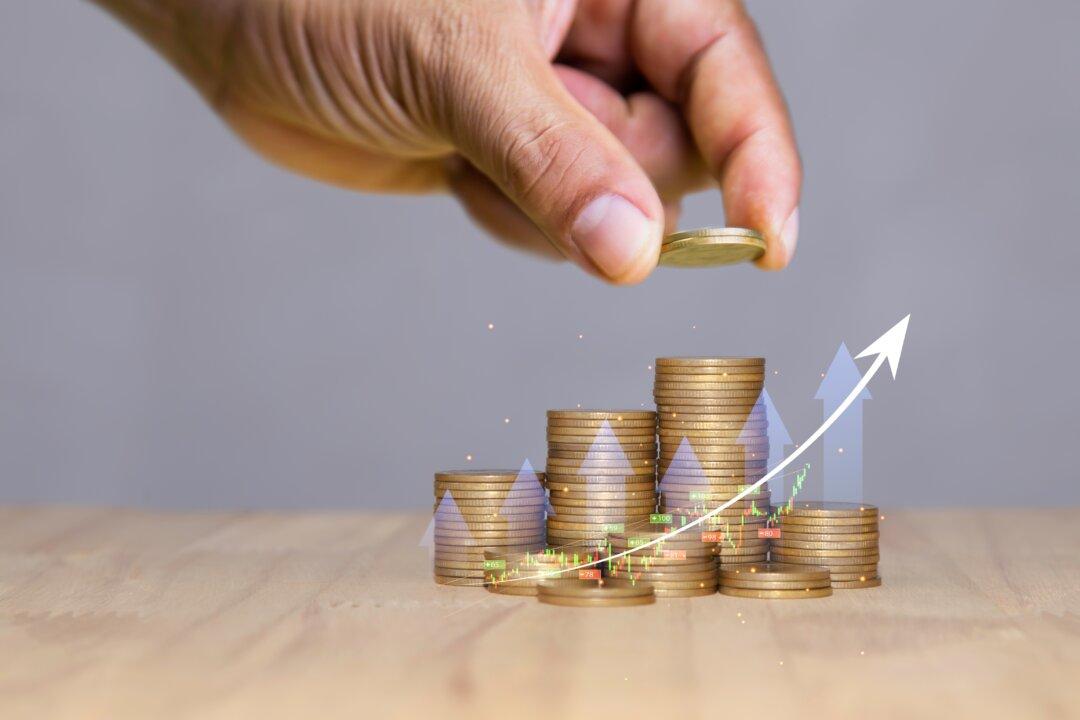Background
The finance app market has surged in the past couple years as mobile financial tools and services are increasingly useful. Beside smartphones and tablets, these apps can be downloaded to your home computer as well. Forecasts for the finance app market expect upward of $1.5 billion in revenue this year, a 20 percent increase compared to the previous year, with an expectation for total revenue to reach $2.4 billion by 2027.The finance app market across banking and payments is growing like gangbusters. There is tremendous interest—and investments being made—in the mobile financial apps marketplace. We should also point out that crypto apps are growing fastest, and that DeFi (decentralized finance) is gaining in popularity as it relates to Blockchain, Bitcoin, Ethereum, and smart contracts, but we won’t address that segment in this article.






